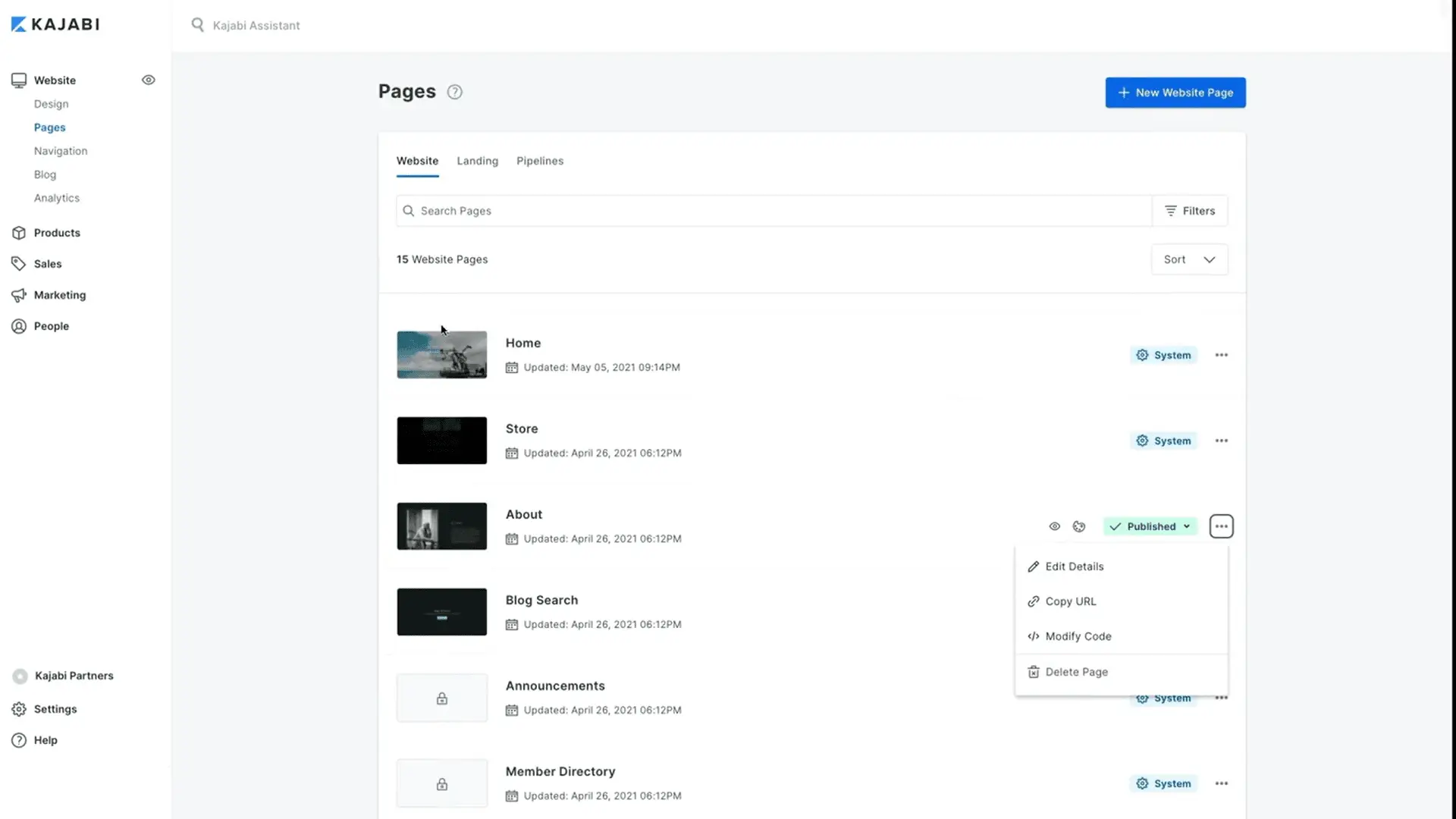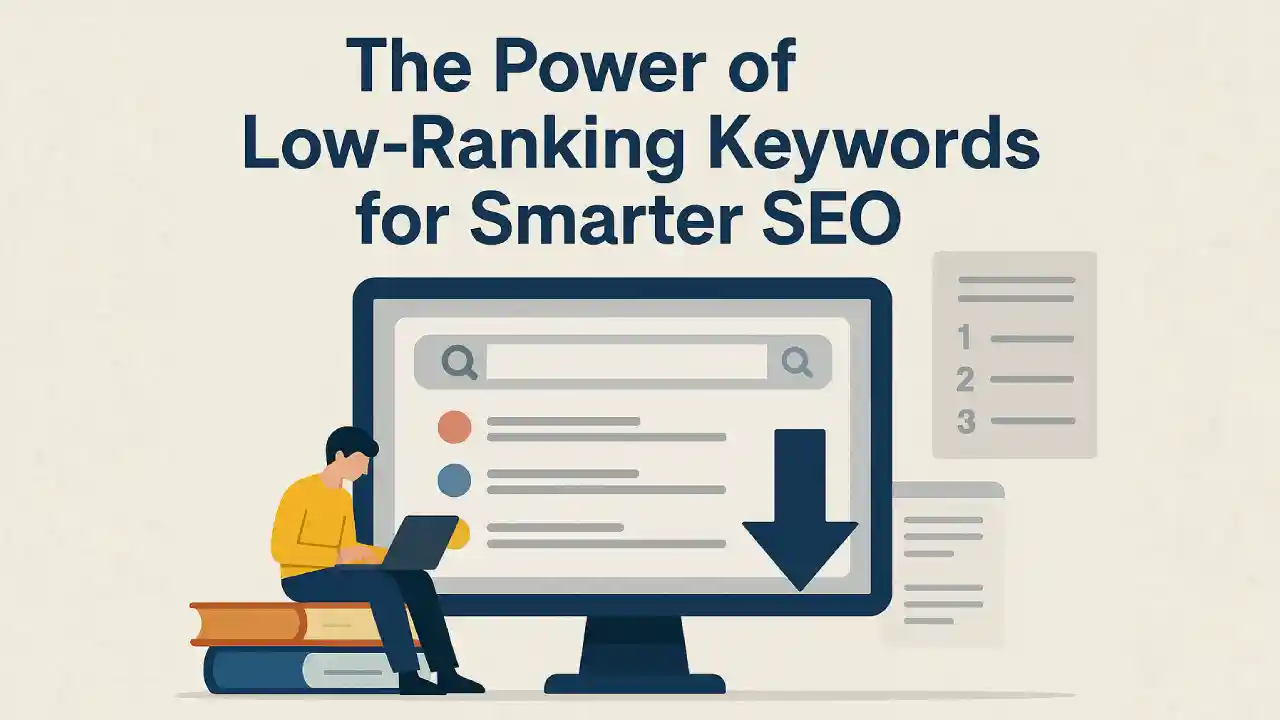Published by NewsPR Today | June 2025
You love Kajabi for its all-in-one brilliance—courses, checkouts, and funnels all humming along nicely. But when it comes to SEO, there’s a nagging rumor that just won’t die: that Kajabi is somehow bad for it.
Frankly, that’s nonsense.
The platform has every tool you need to get to the top of Google. The problem isn’t Kajabi. It’s the way most people approach SEO on the platform. They treat it as an afterthought.
This isn’t another generic checklist you’ll find floating around the internet. This is our 2025 playbook, built on the back of real, award-winning campaigns. We’re going to walk you through the foundational fixes, the on-page tactics that move the needle, and the strategic mindset that turns a passive Kajabi site into an organic traffic machine.
Right, let’s get stuck in.
First, The Foundations: Your Core Kajabi SEO Settings
Before you even think about writing content, you need to get the nuts and bolts of your site in order. Skipping this is like building a beautiful house on a swamp.
- 1. Sort Out Your Site Details: Head over to Settings > Site Details. This is ground zero.
-
- Site Title: This should just be your brand name. Clean, simple, done.
- Site Description: Think of this as your site’s default elevator pitch. Write a snappy, 150-character summary of what you do. It’s the fallback for any page where you forget to write a custom description, so make it a good one.
-
- 2. Get Your Tracking in Place: In that same Site Details area, you’ll see Page Scripts. This is where your Google Analytics code goes. Don’t even think about skipping this. You can’t improve what you don’t measure. You’ll also need to get your site verified with Google Search Console. It’s free and non-negotiable for anyone serious about SEO.
- 3. Use a Proper Custom Domain: If your website URL is yourbiz.mykajabi.com, you’re broadcasting “amateur” to the world. A custom domain (like yourbrand.co.uk) is a huge signal of trust and authority. Get it set up under Settings > Custom Domain.
Mastering On-Page SEO: Where the Real Work Begins

With the boring-but-essential stuff sorted, we can get to the fun part. This is about optimising the pages, posts, and products that your audience sees.
When you’re editing any page or blog post, look for Details > SEO & Sharing. This is your command centre.
- Page Title: This is the big blue link in Google search results. It has one job: earn the click. Keep it under 60 characters and make it compelling.
- Before: New Post
- After: 10 Kajabi SEO Tips That Work in 2025
- URL Slug: Kajabi creates a URL based on your title. It’s usually long and messy. Always chop it down to something short and keyword-focused.
- Before: /blog/my-brand-new-post-with-ten-tips-for-kajabi-seo
- After: /blog/kajabi-seo-tips
- SEO Description: This bit of text under the blue link doesn’t directly impact rankings, but it has a massive impact on whether someone clicks your result or your competitor’s. Write a natural summary (140-160 characters) that answers the user’s unspoken question: “Is this page for me?”
Pro Tip: Link Like You Mean It
Don’t just throw links around. Be a strategist. When you write a new post, think, “What other piece of my content would genuinely help the reader right now?” Link to your relevant courses or other blog posts. These internal links are like breadcrumbs that guide both users and Google through your site, spreading authority and keeping people engaged.
The Technical Side of Kajabi SEO
Kajabi is a hosted platform, which is both a blessing and a curse. They handle a lot of the heavy lifting, but it also means you can’t tinker with everything.
What Kajabi handles for you (the good stuff):
- Sitemaps: Kajabi creates and updates your sitemap automatically. Just grab the URL (yourdomain.com/sitemap.xml) and submit it to Google Search Console. Easy.
- Mobile-Friendliness: Kajabi themes are responsive out of the box. That’s a massive tick in the box for Google’s mobile-first world.
- SSL Security: Your site is automatically secured with https. Another positive signal for search engines.
What’s left for you to manage:
- Page Speed: Kajabi’s servers are quick, but they can’t save you from yourself. Large, uncompressed images are the number one killer of page speed. Full stop. Before you upload any image, run it through a free tool like TinyPNG. It takes ten seconds and makes a huge difference.
Watch out for this: You Are the Plugin
Coming from WordPress? You’re probably missing your beloved Yoast or Rank Math plugin. You can’t have them here. This means the responsibility for great on-page SEO falls squarely on your shoulders. You have to be the plugin. Be meticulous with your titles, descriptions, and image alt text. There’s no little green light to tell you you’ve done a good job.
Your Content Strategy: The Fuel for Everything
Amazing SEO isn’t just settings and technical fixes. It’s fuelled by creating brilliant content that real people are searching for.
- Blogs for Attraction, Landing Pages for Action: This is the core of the strategy. Use your blog to answer the big questions your audience has. Target those “how to”, “what is”, and “best way to” search terms. These posts build trust and bring new eyeballs to your brand. Then, within those posts, you cleverly guide them toward your product landing pages, which are tightly focused on converting visitors into customers.
- Don’t Forget Video: You’re a Kajabi user, so you’re probably already a pro at video. Embed those videos into your blog posts. A well-placed video can skyrocket the time people spend on your page—a huge signal to Google that your content is valuable.
So, what’s the bottom line?
Mastering SEO on Kajabi isn’t about some secret hack. It’s about consistency and getting the fundamentals right, every single time.
- First, nail your core settings and tracking.
- Then, treat every single page and post as a new opportunity to rank.
- Always, always compress your images.
- And finally, build a content plan that helps people.
Your Kajabi site isn’t just a shopfront; it’s a long-term business asset. Start treating it like one.
Your next step? Don’t just close this tab. Pop open your Kajabi dashboard and do a quick 15-minute audit based on what you’ve just read. Start with the site details. Go on.




